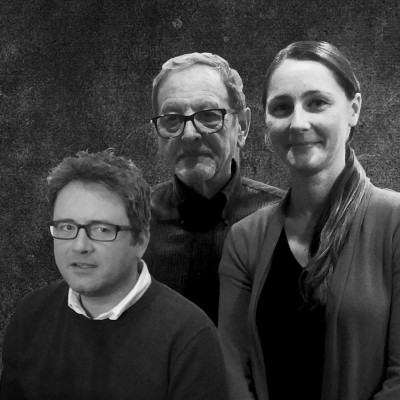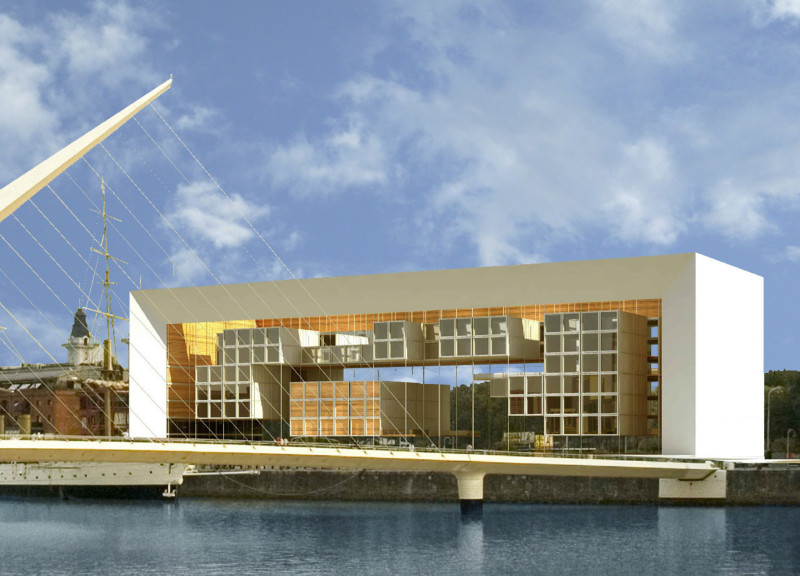5 key facts about this project
At the heart of this project lies a commitment to enhancing the user experience through well-considered spatial organization. The various areas within the building align seamlessly with its intended use, promoting ease of movement and interaction. This careful arrangement reflects a deep understanding of how people engage with architectural space, ensuring that each element contributes to an overarching sense of cohesion. Whether it’s the open areas that encourage social gatherings or the more intimate spaces designed for reflection, the project strikes a balance that is essential for modern architecture.
One of the standout aspects of this architectural design is its materiality. The choice of diverse materials not only helps establish a unique identity for the building but also reinforces its functionality. Concrete, with its robust characteristics, provides structural integrity, while glass elements invite natural light, creating an airy atmosphere within. The use of wood introduces a warm, organic feel, subtly connecting the users to nature. Each material is selected not only for its performance but also for its ability to evoke a specific emotional response, making the spaces feel more welcoming.
The design also reflects a commitment to sustainability, which is increasingly becoming a cornerstone of contemporary architecture. By incorporating elements such as green roofs, energy-efficient systems, and sustainable materials, the project demonstrates a forward-thinking approach that respects the environment. This integration of sustainable practices is not merely an afterthought but a fundamental aspect of the design process, showcasing the architect's intention to create a building that is mindful of its ecological footprint and capable of adapting to future needs.
In addition to sustainability, the project leverages unique design approaches that enhance its character. These include innovative structural solutions that allow for wider spans and enhanced natural light penetration, as well as thoughtful landscaping that integrates the building with its surroundings. The design may also feature adaptive reuse of materials, which not only adds to the aesthetic but also contributes to waste reduction—an increasingly relevant consideration in modern architectural practices.
The geographical context significantly informs the project, dictating aspects such as orientation, climate responsiveness, and local culture. By drawing inspiration from the surrounding environment, the design maintains a strong relationship with its location, whether it is urban or rural in nature. This contextual sensitivity ensures that the building is not just a standalone structure but rather a thoughtful addition to the landscape, enriching the community and responding to local challenges.
As you consider the architectural essence of this project, I encourage you to explore its architectural plans, sections, and design ideas. Each element offers deeper insights into the intricacies of the project and its comprehensive approach to architecture. Engaging with these details will provide a greater appreciation for the thoughtfulness that underpins this design and how it effectively meets the needs of its users while thoughtfully engaging with its environment.


 Miriam Estera Stern,
Miriam Estera Stern,  Ivan Gavril Stern
Ivan Gavril Stern 




















